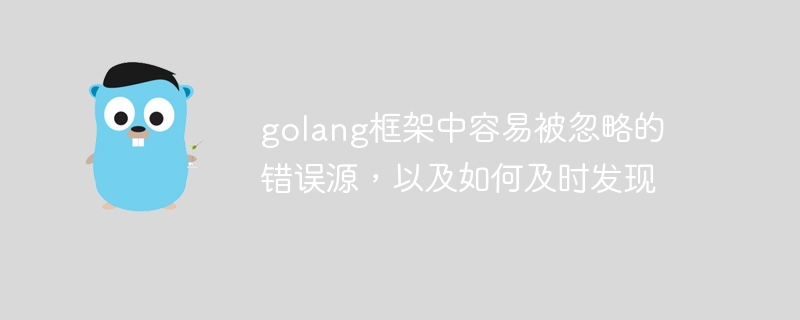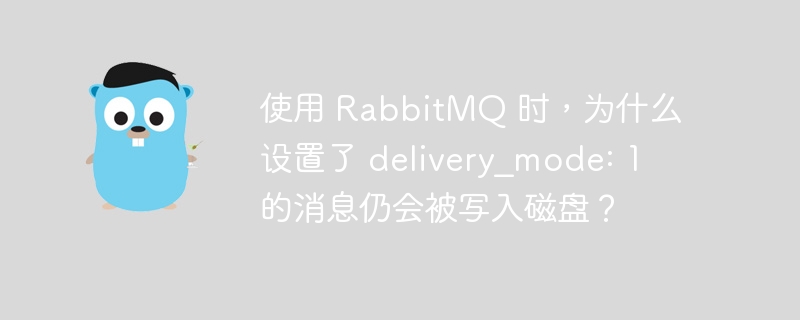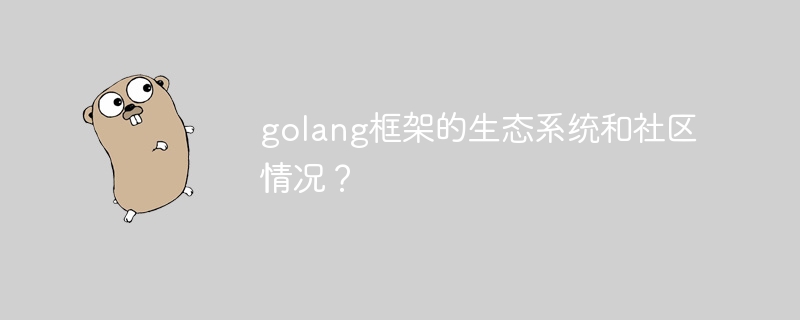
Golang 在强化学习中的机器学习应用
简介
强化学习是一种机器学习方法,通过与环境互动并根据奖励反馈学习最优行为。Go 语言具有并行、并发和内存安全等特性,使其在强化学习中具有优势。
实战案例:围棋强化学习
在本教程中,我们将使用 Go 语言和 AlphaZero 算法实现一个围棋强化学习模型。
第一步:安装依赖项
go get github.com/tensorflow/tensorflow/tensorflow/go go get github.com/golang/protobuf/ptypes/timestamp go get github.com/golang/protobuf/ptypes/duration go get github.com/golang/protobuf/ptypes/struct go get github.com/golang/protobuf/ptypes/wrappers go get github.com/golang/protobuf/ptypes/any
第二步:创建围棋游戏环境
type GoBoard struct {
// ... 游戏状态和规则
}
func (b *GoBoard) Play(move Coord)
func (b *GoBoard) Score() float64第三步:构建神经网络
type NeuralNetwork struct {
// ... 模型架构和权重
}
func (nn *NeuralNetwork) Predict(state BoardState) []float64第四步:实现强化学习算法
type MonteCarloTreeSearch struct {
// ... 搜索树和扩展算子
}
func (mcts *MonteCarloTreeSearch) Play(board GoBoard) Coord第五步:训练模型
// 训练循环
for iter := 0; iter < maxIterations; iter++ {
// 自我对弈游戏并收集样本
games := playGames(mcts, numSelfPlayGames)
// 训练神经网络
trainNeuralNetwork(games)
// 更新蒙特卡罗树搜索
mcts = updateMCTree(model)
}第六步:评估模型
func evaluateModel(mcts Model) float64 {
// 与专家系统或其他强模型对弈
results := playGames(mcts, expertModel)
// 计算胜率
winRate := float64(results.Wins) / float64(results.TotalGames)
return winRate
}通过遵循这些步骤,你可以使用 Go 语言构建一个强大的围棋强化学习模型,展示其在强化学习中卓越的能力。

golang框架中容易被忽略的错误源,以及如何及时发现

如何在 GoLand 中禁用保存自动格式化?

惠普HP1010打印机驱动安装教程(win7/win10)

MongoDB子文档排序:如何使用聚合管道对嵌套数组进行倒序排序?

使用 RabbitMQ 时,即使设置了 delivery_mode: 1(表示消息是非持久性的),消息仍可能被写入磁盘,原因如下: 1. **队列持久化**:如果队列本身被设置为持久化(durable),那么即使消息是非持久性的,RabbitMQ 也会将这些消息写入磁盘。这是因为队列持久化意味着队列的定义和队列中的消息都需要在服务器重启后保留。 2. **内存压力**:RabbitMQ 会根据内存使用情况将消息从内存转移到磁盘。当内存压力增加时,即使消息是非持久性的,RabbitMQ 也会将它们写入磁

如何使用 Golang 函数对数据结构进行深度优先遍历?





